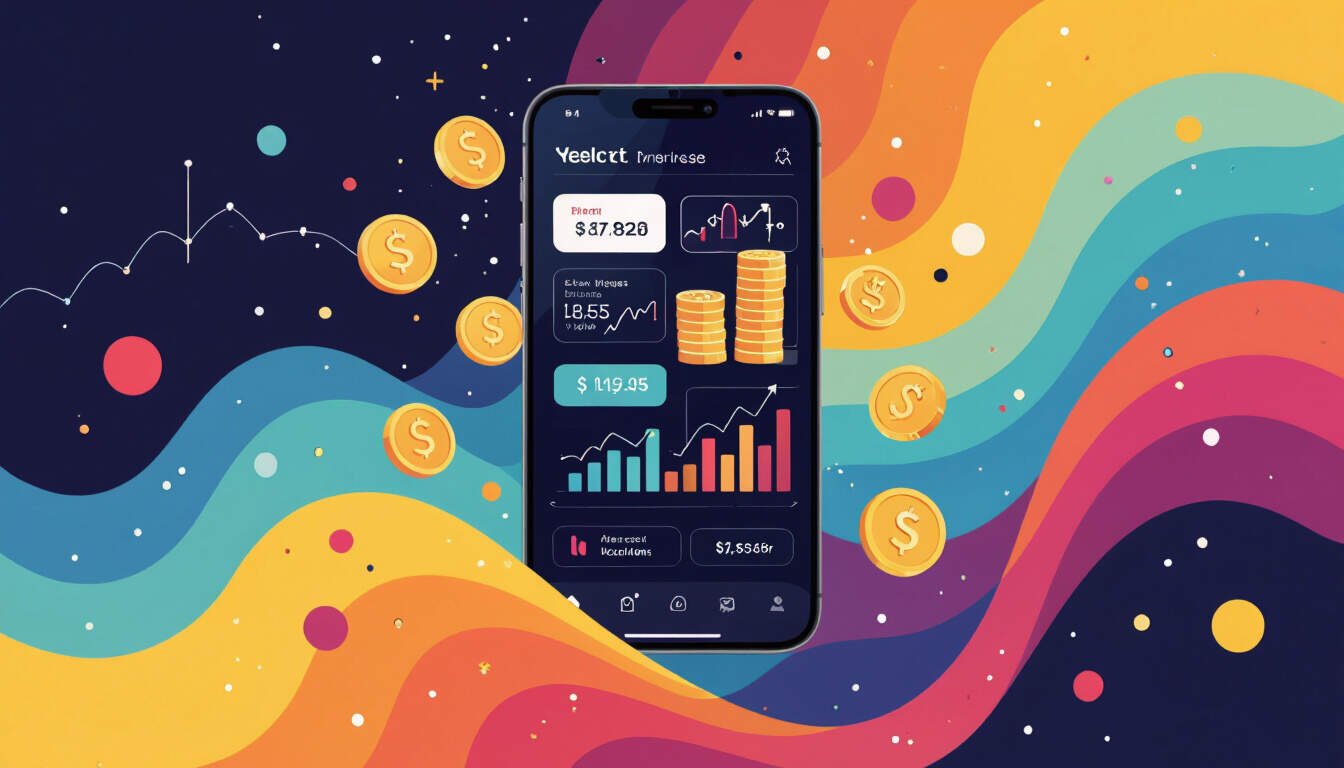Strategies for Monetizing Mobile Apps in Fintech
 by Verner Mayer
by Verner Mayer
Explore effective ways to generate revenue from mobile apps in the fintech sector, including in-app purchases and subscription models. Learn how these approaches can help developers and businesses thrive in digital finance.

Mobile app monetization has become essential for developers and companies in fintech. This process involves turning user engagement into sustainable revenue streams. For instance, fintech apps often rely on innovative methods to attract and retain users while generating income.
In the content of financial technology, apps that offer services like digital banking or investment tracking need reliable ways to earn money. One approach is the freemium model, where basic features are free, but premium options require payment. This strategy allows users to experience core functionalities before committing financially.
Another method is in-app purchases. Users can buy additional features or services directly within the app. For fintech apps, this might include premium analytics tools or personalized financial advice. Such purchases help build a steady income flow.
Subscription models are also popular. Users pay a recurring fee for ongoing access to services. In fintech, this could mean monthly access to advanced budgeting tools or real-time market data. This approach ensures predictable revenue and encourages long-term user retention.
Advertising plays a role too. Apps can display ads from relevant partners, earning money based on views or clicks. For fintech applications, ads might come from financial institutions or related services, ensuring they align with user interests.
Benefits of These Strategies
Implementing these methods offers several advantages. First, they provide flexibility for users, allowing them to choose how they interact with the app. For developers, this means multiple revenue paths, reducing dependence on a single source.
In fintech, these strategies can enhance user experience. For example, a well-executed subscription model might offer exclusive content, like detailed investment reports. This not only generates revenue but also builds loyalty among users.
Challenges in Implementation
While these approaches are effective, they come with obstacles. Privacy concerns are significant, especially in fintech where user data is sensitive. Developers must ensure compliance with regulations to maintain trust.
Competition is another issue. The market is crowded with apps offering similar services. To stand out, monetization strategies need to be user-friendly and provide real value.
Fintech-Specific Considerations
In fintech, integration with emerging technologies adds layers to monetization. Blockchain technology, for instance, enables secure transactions within apps. This can create new opportunities, such as tokenized rewards for users.
Apps dealing with cryptocurrencies might use monetization tied to transaction fees. Users could pay small fees for processing payments or trades, directly linking app usage to revenue.
Data-driven personalization is key. By analyzing user behavior, apps can offer targeted upgrades or services. This makes monetization feel seamless and relevant.
Real-World Examples
Consider a budgeting app that uses a combination of strategies. It offers free basic tracking but charges for advanced features like automated savings plans. This hybrid model has helped many apps grow their user base while increasing earnings.
Another example is investment apps that provide real-time stock updates via subscriptions. Users pay for alerts and in-depth analysis, turning the app into a valuable tool for investors.
Measuring Success
To evaluate monetization efforts, developers track metrics like customer acquisition cost and lifetime value. These indicators help refine strategies over time.
In fintech, success often means balancing revenue with user satisfaction. Apps that achieve this can see sustained growth and higher engagement rates.
Future Directions
As technology advances, new opportunities will emerge. Artificial intelligence could enable more dynamic pricing models, where fees adjust based on user needs.
The rise of decentralized finance might introduce community-driven monetization, such as reward systems based on network participation.
Overall, effective monetization in fintech requires a focus on user needs and technological innovation. By adopting these strategies, developers can create apps that are both profitable and beneficial.
In summary, exploring various monetization options helps fintech apps thrive. From freemium to subscriptions, each method has its place in building a successful digital finance tool.
